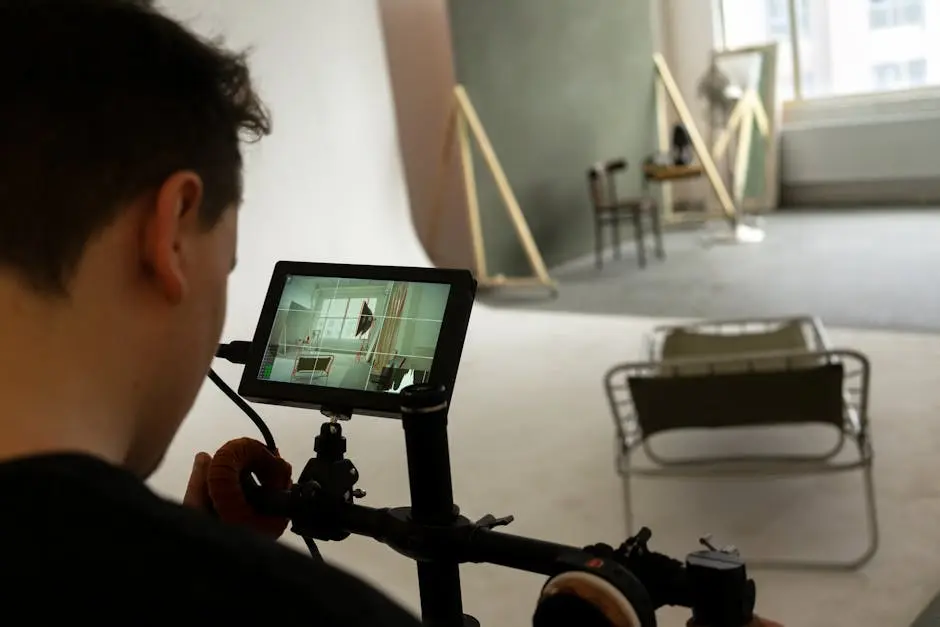Custom animation is an essential tool in video production that brings ideas to life in a unique and engaging way. Whether for marketing, storytelling, or educational purposes, understanding custom animation can enhance the way we communicate visually.
What is Custom Animation?
Custom animation refers to tailored animations created to suit specific projects or messages, differing from generic or pre-made animations.
At its core, custom animation allows artists and videographers to bring their unique visions to life. Unlike template animations that may lack personality, custom animations are designed with a purpose in mind.
These creations can incorporate distinctive designs, characters, and narratives that directly link to the brand’s identity or the story being told. For instance, a whimsical illustration of a character can clarify a complex concept, transforming abstract ideas into engaging visual experiences.
Moreover, custom animation can evolve over time, adapting to new material or branding requirements. Unlike static designs, they offer the flexibility to refresh content dynamically, which is a significant advantage in a fast-paced market.
Benefits of Custom Animation in Video Production
Using custom animation can elevate video production by enhancing branding, engaging audiences, and simplifying complex information.
One of the notable benefits of custom animation is its ability to capture attention. In a world overloaded with information, a captivating animated visual can stand out and draw viewers in. By using distinctive styles and engaging narratives, custom animations ensure that the message is not only heard but retained.
Furthermore, custom animation facilitates the breakdown of intricate subjects. For instance, a technical explanation of scientific processes may be difficult to convey through plain visuals. However, when animated, these concepts can be illustrated in a concise and comprehensible manner, improving viewer understanding.
Additionally, custom animation allows for brand differentiation. In a saturated market, businesses must distinguish themselves from competitors. Custom animated content resonates with audiences on a personal level, creating memorable experiences that foster loyalty and connection.
Types of Custom Animation
There are various types of custom animation including 2D, 3D, stop motion, and motion graphics, each serving different purposes and aesthetics.
2D animation, one of the most common formats, employs flat images and is often used for everything from cartoons to explainer videos. Its simplicity makes it approachable, while creativity can shine through character designs and storytelling.
In contrast, 3D animation brings depth and realism to visuals. This style is prevalent in blockbuster films and video games. The intricate modeling and rendering processes allow for rich, immersive environments, grabbing the viewer’s attention through visually stunning imagery.
Another fascinating type is stop motion animation, where physical objects are manipulated and photographed frame by frame. This technique lends a tactile quality that enhances storytelling, often resulting in charming and unique visual pieces.
Motion graphics harness elements of graphic design to create animated visuals that enhance video content, perfect for branding or informational projects. This type combines dynamic text and images, providing a professional flair that can elevate marketing efforts.
How to Create Custom Animation
The process of creating custom animation involves conceptualizing ideas, storyboarding, designing assets, animating, and finalizing the production.
The first step begins with brainstorming ideas that resonate with the target audience. A strong concept lays the foundation for effective storytelling, ensuring that the animated piece delivers its intended message clearly.
Once the concept is established, storyboarding comes into play. This phase visualizes the animation’s flow, setting the scene for each key moment. It is an essential tool for aligning everyone on the project and serves as a roadmap for production.
After approval of the storyboard, the next stage is asset design. This step involves creating characters, backgrounds, and any other elements needed throughout the animation. Attention to detail in this phase contributes to the animation’s overall aesthetic appeal and engagement.
Finally, animating and producing the video culminate the process. Using specialized software, animators bring fluidity and life to static images. Each frame transitions smoothly, ensuring that the finished product captivates audiences from start to finish.
Tools and Software for Custom Animation
There are numerous tools available for creating custom animations, such as Adobe After Effects, Blender, and Toon Boom, each offering unique features for animators.
Adobe After Effects is a powerhouse in the animation industry, providing an extensive array of options for motion graphics and visual effects. Its user-friendly interface is perfect for both beginners and experts, allowing for a diverse range of animated content.
Blender, an open-source 3D animation tool, stands out for its comprehensive capabilities. From modeling and sculpting to rendering, Blender makes it possible to create impressive animations without the expense of commercial software.
Toon Boom is particularly favored for traditional animations and is widely used in the animation industry. Its focus on creating quality hand-drawn animations enhances storytelling and character-driven projects, making it a valuable tool for animators.
For those seeking simplicity and efficiency, tools like Vyond offer intuitive platforms for creating animations quickly, making it ideal for marketers and small businesses needing engaging content without extensive technical skills.
Final Thoughts on Custom Animation
In summary, custom animation in video production is a powerful medium that allows for creativity and clarity in storytelling. By harnessing its techniques and styles, creators can produce compelling content that resonates with audiences.

